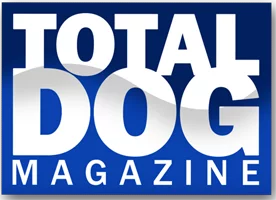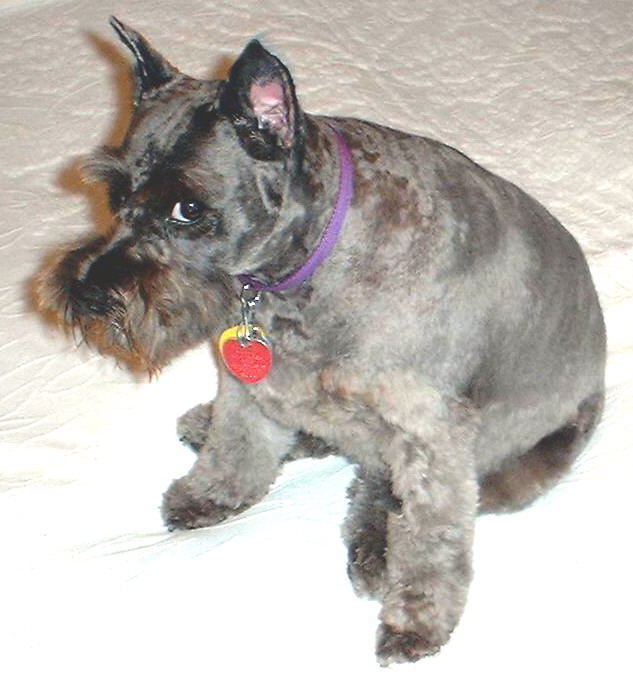
Since eating is so basic with a puppy, it is easy to excite him with a treat. If in his rush to grab the food, he snaps at your hand very hard, do not correct the dog or get mad at him. Just take the time to calm him by giving him a steady flow of food so that he is reassured that he is going to get all the food he wants. As he becomes satiated, his drive to grab the food will start to subside and he’ll be ready to learn how to take the food gently from your hand.
Food is very effective with adult dogs as well. It clearly indicates to the dog that he has an instinctive advantage in doing what his trainer wants. Also, food can be used to relax an adult dog’s nervous system by washing away social resistance. Remember that although our pet seems domesticated, his instincts are still wild and need to be calmed.
To learn if your dog’s drive is flowing in your direction, take him out for a walk on his lead. After he pulls and snorts around for a few moments, whistle to him to attract his attention. Give him some food when he comes. There aren’t any commands involved; the dog is just learning how to be attracted to you while you are developing a group instinct.
Food serves to mobilize a dog’s drive. It gets drive to the surface and relaxes a dog so he can act and learn more freely. It relaxes his sense of vulnerability and it gives him a simple focus as the first step in mastering a difficult exercise.
Once a dog starts to feed, his drive begins to flow and his enthusiasm starts to build. Little by little, as his self-confidence about being in drive and working with his owner is built up, the role of food becomes a minor aspect to his work. As the dog gains confidence about being in drive, the owner can use attractive body language and verbal praise to heighten the dog’s sense of participation with his group. Ultimately, the drive flow becomes a reward unto itself, and many dogs lose interest in food in preference to the more exciting reward of being high in spirit and working with the group.
Every dog, as part of his wild nature, maintains a protective bubble around himself. It’s that force that creates social and flight distances. Even very friendly dogs are sensitive to this field of resistance, which, when violated, makes them “vibrate” intensely, expressed in tail and rump wagging, nervous head motions, and grinning.

